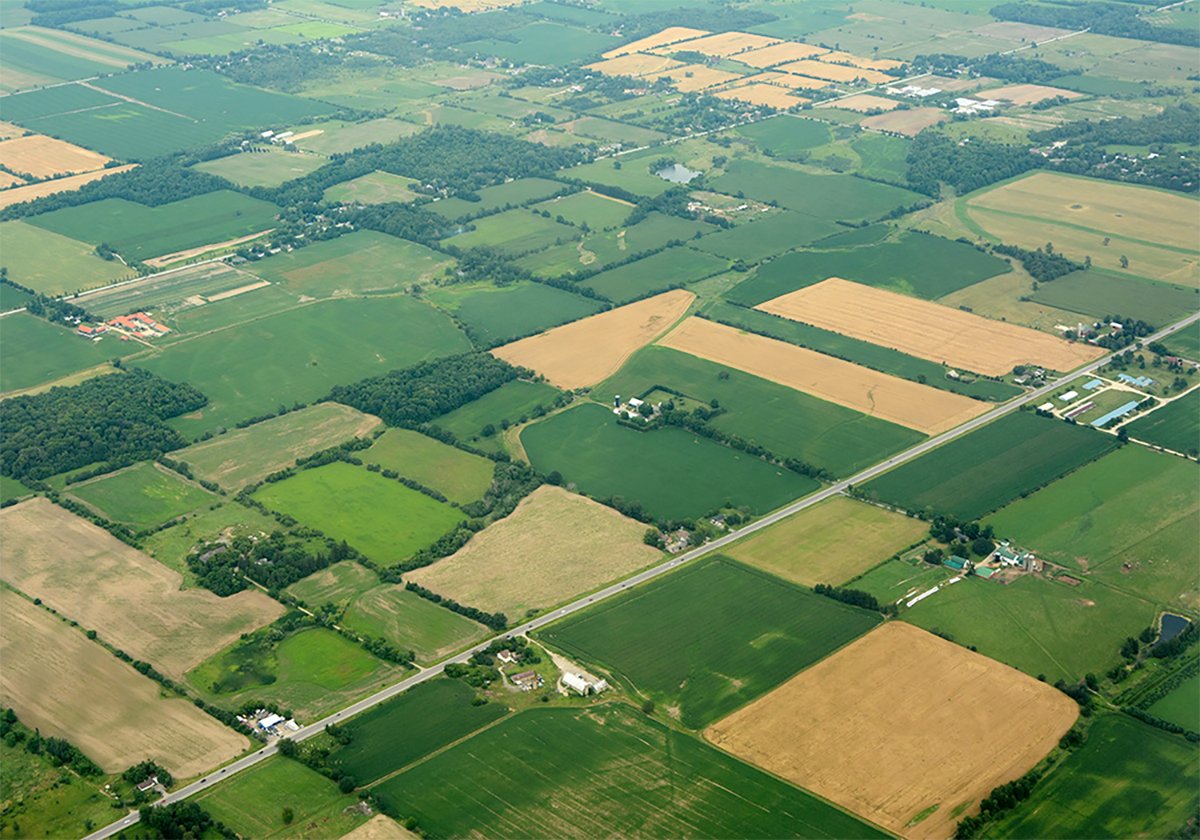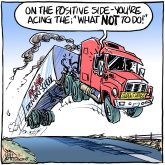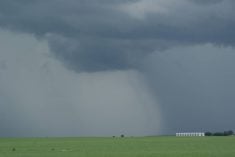THANK goodness for Phyllis Fong. She is the United States Department of Agriculture’s inspector general, the department’s watchdog, and the person who ordered the additional tests to clear up conflicting results on initial screenings of a suspect downer cow from Texas.
The new tests confirmed it had BSE.
The foul up is causing more trouble than the actual BSE case because it taints the safeguard process implemented to protect American consumers.
The advice to the U.S. from Canada: follow Fong’s lead and take BSE seriously.
Read Also

Higher farmland taxes for investors could solve two problems
The highest education and health care land tax would be for landlords, including investment companies, with no family ties to the land.
It is hard to understand the cavalier attitude that caused the USDA to stop short of using every legitimate test to conclusively determine whether the Texas cow had BSE. USDA scientists were eager to find comfort in a single follow up test that came back negative instead of delving deeper with another commonly used confirmatory test.
Even more troubling is evidence of sloppy work at the USDA laboratory in Ames, Iowa, touted by the department as an international leader in animal testing.
USDA secretary Mike Johanns has noted a series of missteps at the lab. Against protocol, the animal’s brain samples were frozen, making testing more difficult; parts from five carcasses were mixed together; and written records were not maintained. Also, results of experimental tests that revealed abnormalities were not made known to department officials.
Also hard to understand is the leisurely pace the U.S. is taking in developing a national cattle traceback system. Lack of such a system is delaying the traceback of the BSE cow’s herd mates and may make a full accounting impossible.
Canada has had a national identification system for four years and it has proved invaluable in tracking this country’s BSE cases. When BSE was found in the U.S. in 2003 the government said a tracing system was a priority, but implementation is not expected until 2009.
This unfortunate experience with the Texas cow is eroding consumer confidence and the case for resuming normal beef trade. Canada has a strong interest in the U.S. getting its BSE policy right because the past, present and future of the two countries’ beef herds are so closely entwined.
In both countries, safeguards exist to ensure consumer safety. But in the highly charged and sometimes irrational atmosphere around BSE, any slip can be used to stoke fears and stop trade.
Government and producer attitudes toward the disease must be impeccable. The world wants hard evidence of strict safeguards vigilantly enforced.
Canadian agriculture and veterinary officials must emphasize this to their American counterparts.
A good first step for Canada would be to lead, and encourage America to join, an effort to get global consensus on BSE testing protocols.














